Billionaire spacewalker is back before the U.S. Senate seeking NASA’s top job.
Isaacman appeared before the Commerce, Science and Transportation Committee in Washington eight months after his first nomination hearing. The tech entrepreneur who’s rocketed into orbit twice with SpaceX stressed the need for “full-time leadership” at NASA as the space agency prepares to send astronauts back to the moon early next year.
Transportation Secretary Sean Duffy has been filling in as NASA’s acting administrator since summer.
Returning astronauts to the moon for the first time in more than 50 years will be “a challenging endeavor to say the least,” Isaacman told the committee led by Sen. Ted Cruz of Texas.
NASA is targeting early next year for a lunar flyaround by four astronauts. They won’t land on the moon; that would happen in another mission. The goal is to beat the Chinese there by the end of the decade.
“This is not the time for delay but a time for action because if we fall behind -- if we make a mistake -- we may never catch up, and the consequences could shift the balance of power here on Earth,” Isaacman told the committee.
Cruz agreed. “NASA cannot take its eyes off the ball,” he said, referring to China’s looming moon plans. “The United States must remain the unquestioned leader in space exploration.”
Isaacman was within days of being confirmed by the Senate as NASA’s 15th administrator when Trump pulled his nomination in May. The move came soon after Trump’s falling out with SpaceX’s Elon Musk. The president renominated Isaacman last month.
Cruz said Isaacman’s second appearance “feels a bit like Groundhog Day” and hopes to have him confirmed by the end of the year.
The 42-year-old founder of the payment processing company Shift4 performed the world’s first private spacewalk last fall. He bankrolled both of his spaceflights. Several astronauts were present for the hearing, including some of Isaacman’s own crewmates.
___
The Associated Press Health and Science Department receives support from the Howard Hughes Medical Institute’s Department of Science Education and the Robert Wood Johnson Foundation. The AP is solely responsible for all content.
Marcia Dunn, The Associated Press
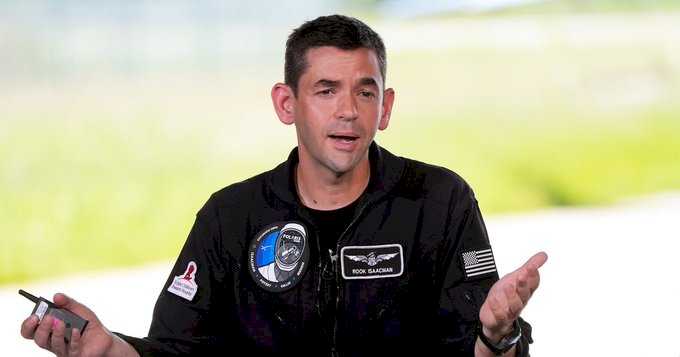






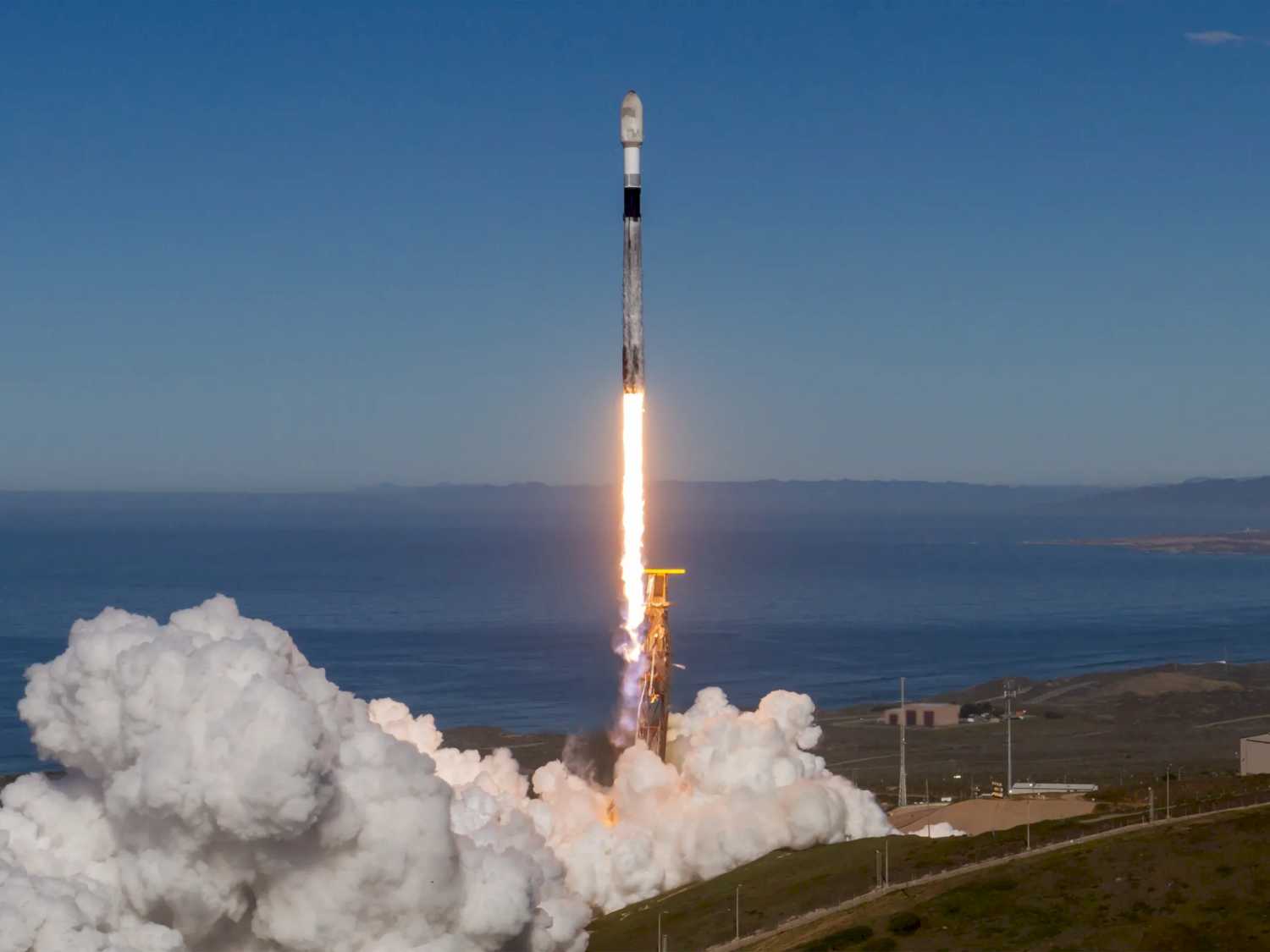
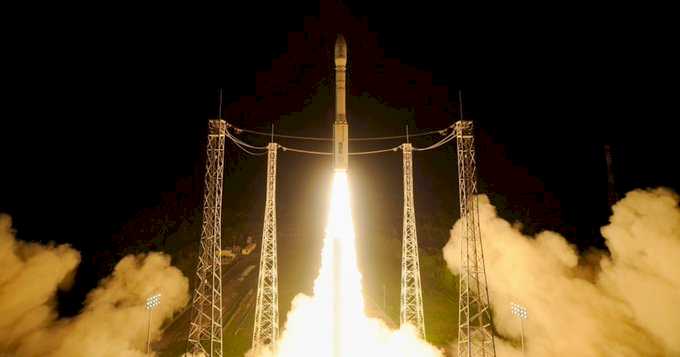
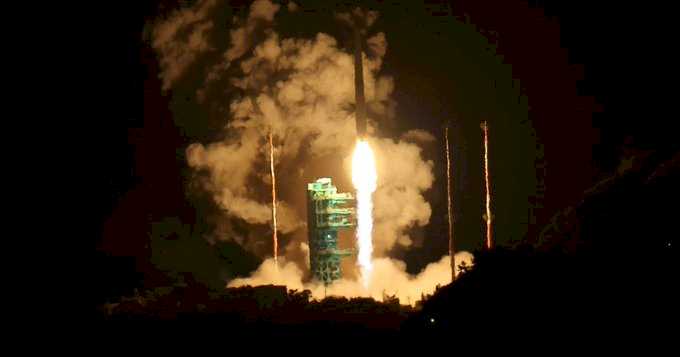
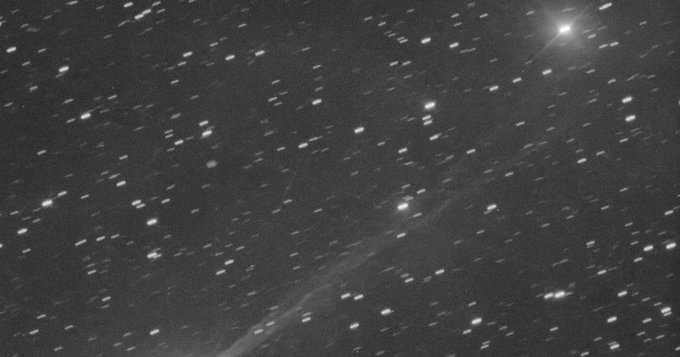
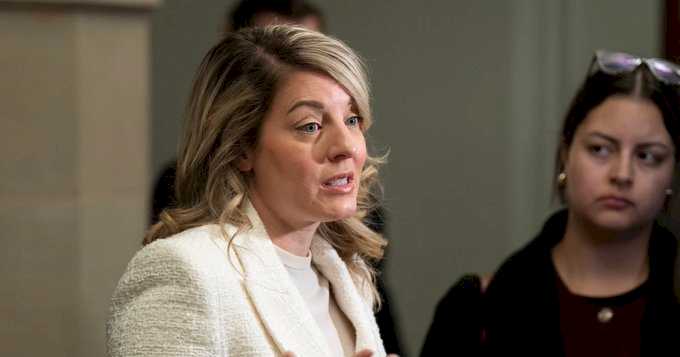





Space news on Umojja.com